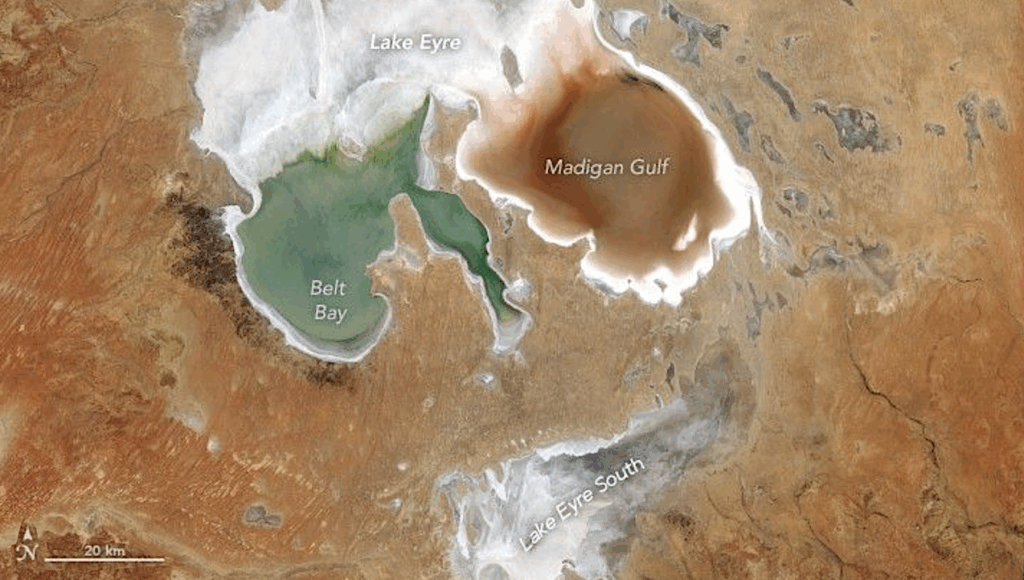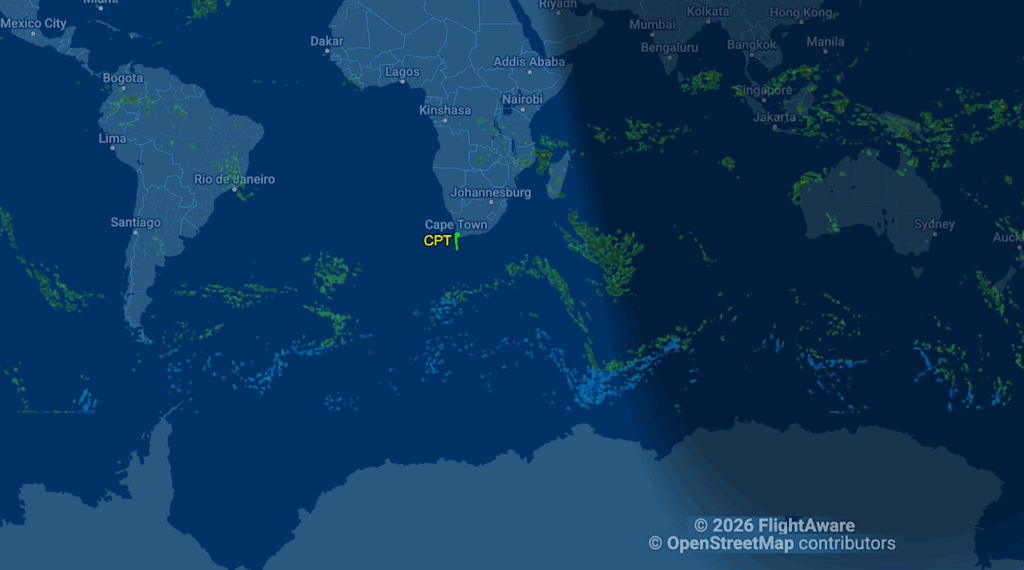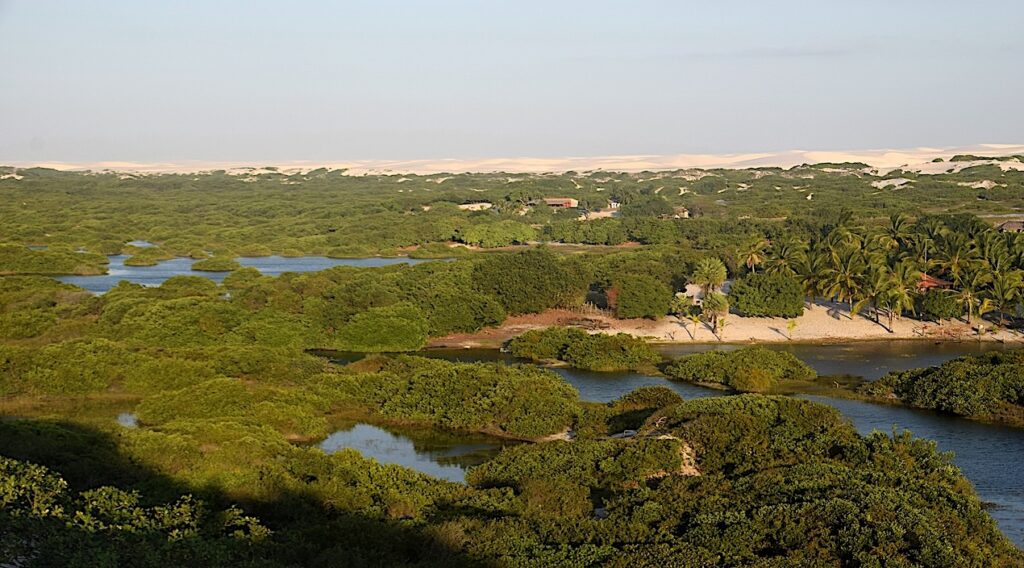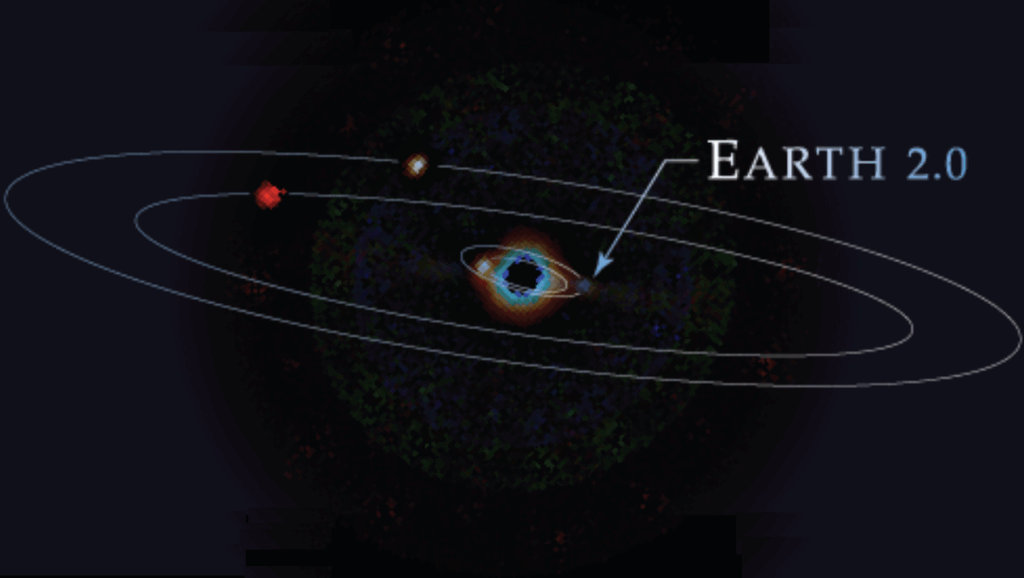Dale Andersen’s Field Report: Preview: 2024 Lake Untersee Field Season
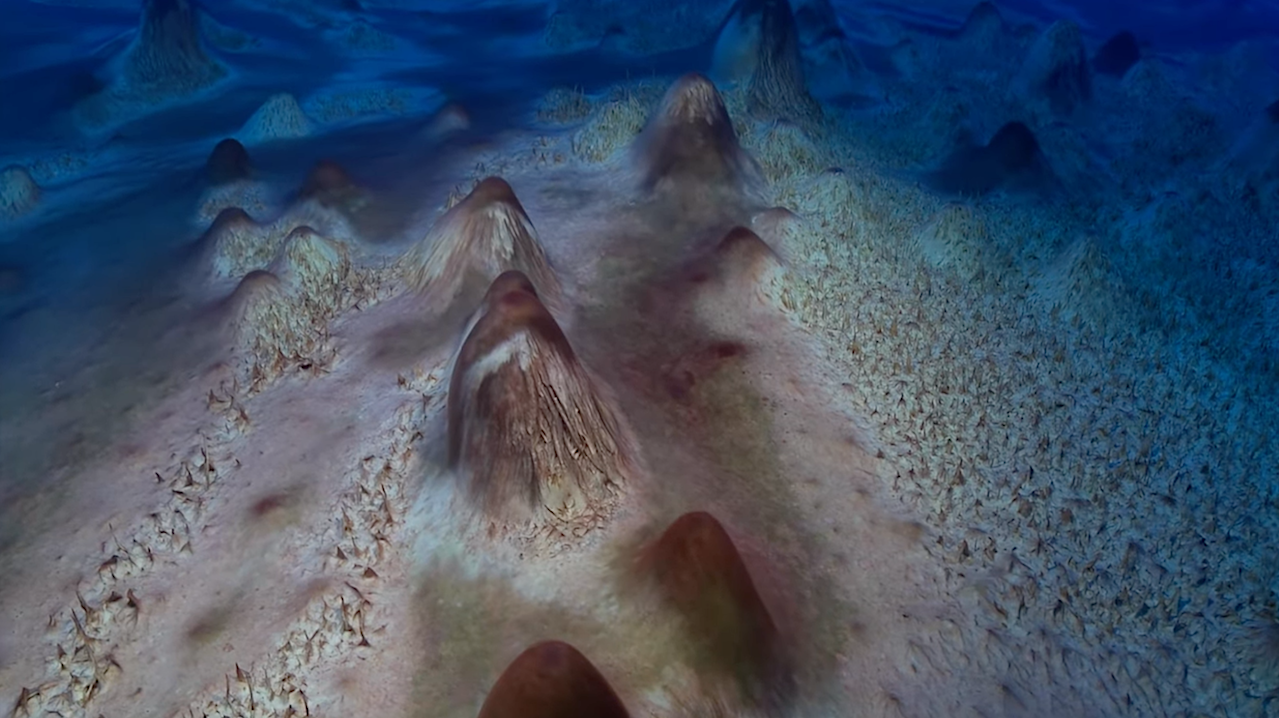
Keith’s note: Astrobiologist Dale Andersen is back in Antarctica at Lake Untersee in October-December 2024 for another field season of research (preview). Dale’s work is coordinated through the SETI Institute. We’ll be posting his updates here. You can read about his prior exploits from this field season and past field seasons here.
Join us as we return to Lake Untersee in Antarctica to explore the hidden world beneath its thick ice, where a microbial ecosystem dominated by cyanobacteria provides a window to the past revealing Earth’s earliest biosphere.
Previous field research reports by Dale Anderson going back to 1996
This short video is a glimpse into this harsh yet beautiful environment and perhaps a prelude to discoveries that await.
Be sure to Watch in 4K with Sound Up!
https://www.youtube.com/watch?v=UoHdBq2KS9g&feature=youtu.be
Lake Untersee: It’s a place few people have seen or even imagined, and distant from familiar, everyday surroundings. The weather can be as harsh as the terrain at times with winds and blinding snow reaching 110 mph. For four months the darkness is company only to the sounds of cracking ice and the ever-present howling of the winds.
The surrounding mountains rise up majestically to soaring, pinnacled peaks, blocking the passage of the continental ice that surrounds them. The gentle slope of the Anuchin Glacier flows in from the north halting at its edge.
Lake Untersee: within the mountains of Queen Maud Land is a world that resembles Earth’s earliest biosphere. One dominated by microbial life forming the same fabrics and structures that we see preserved in sediments dating back 3.45 billion years.
Beneath the thick perennial ice-cover are cyanobacterial mats growing undisturbed as they did billions of years ago – its like a postcard from the past; one that can help us understand how those early ecosystems thrived on a planet with an atmosphere nearly devoid of oxygen.
Yet these cyanobacteria unlocked new secrets for life—they learned to harness sunlight, splitting water to release its hidden energy and hydrogen, which they combined with carbon dioxide from the air to weave the first organic molecules.
In releasing oxygen, they ignited a quiet revolution that, over eons, transformed our planet into a world capable of sustaining complex, multicellular life.
Lake Untersee is a difficult place to live and work. But we are seeking new knowledge. Knowledge that will inform us about Earth’s past history and help us understand its future. Our research also helps guide the search for evidence of life on other distant worlds such as Mars or the outer moons of Jupiter or Saturn…or beyond.
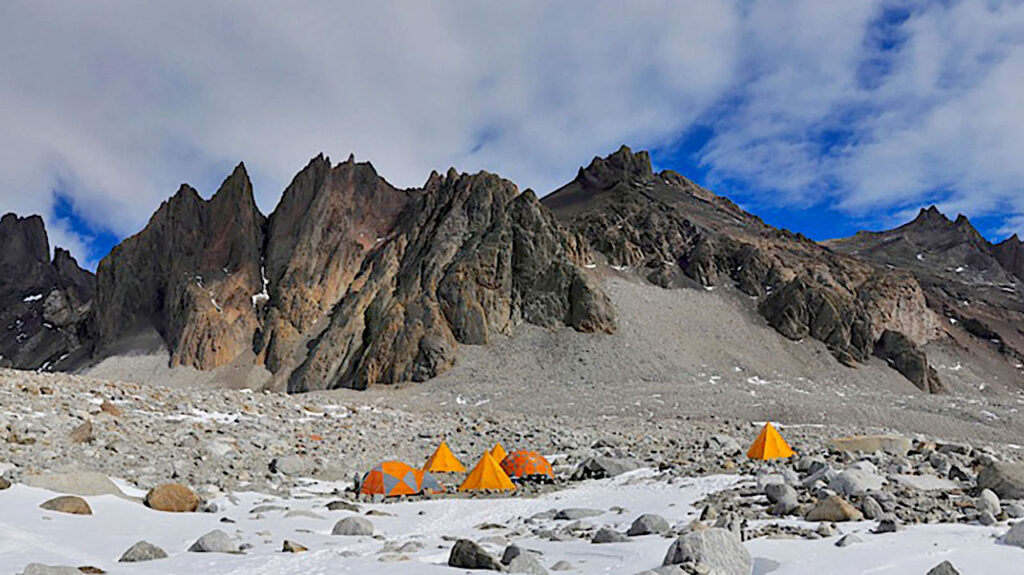
Dale Andersen
Carl Sagan Center,
SETI
Institute
Previous field research reports by Dale Anderson going back to 1996
Astrobiology




